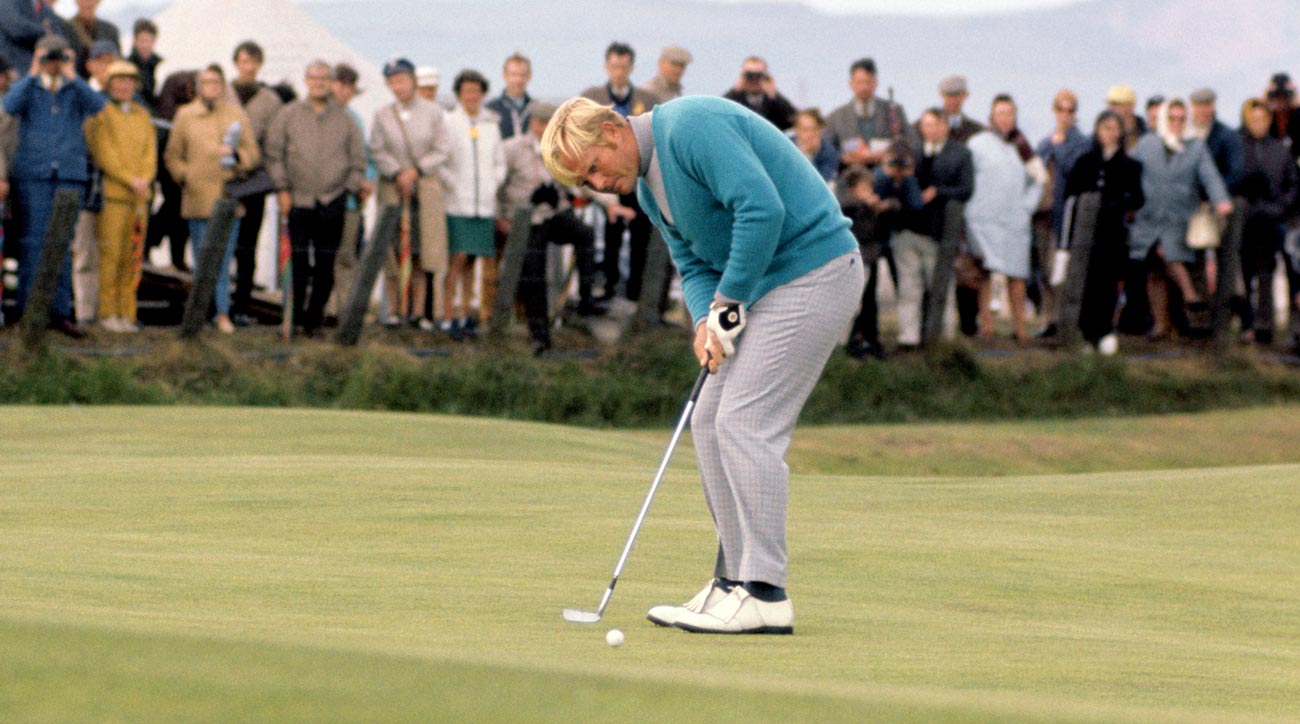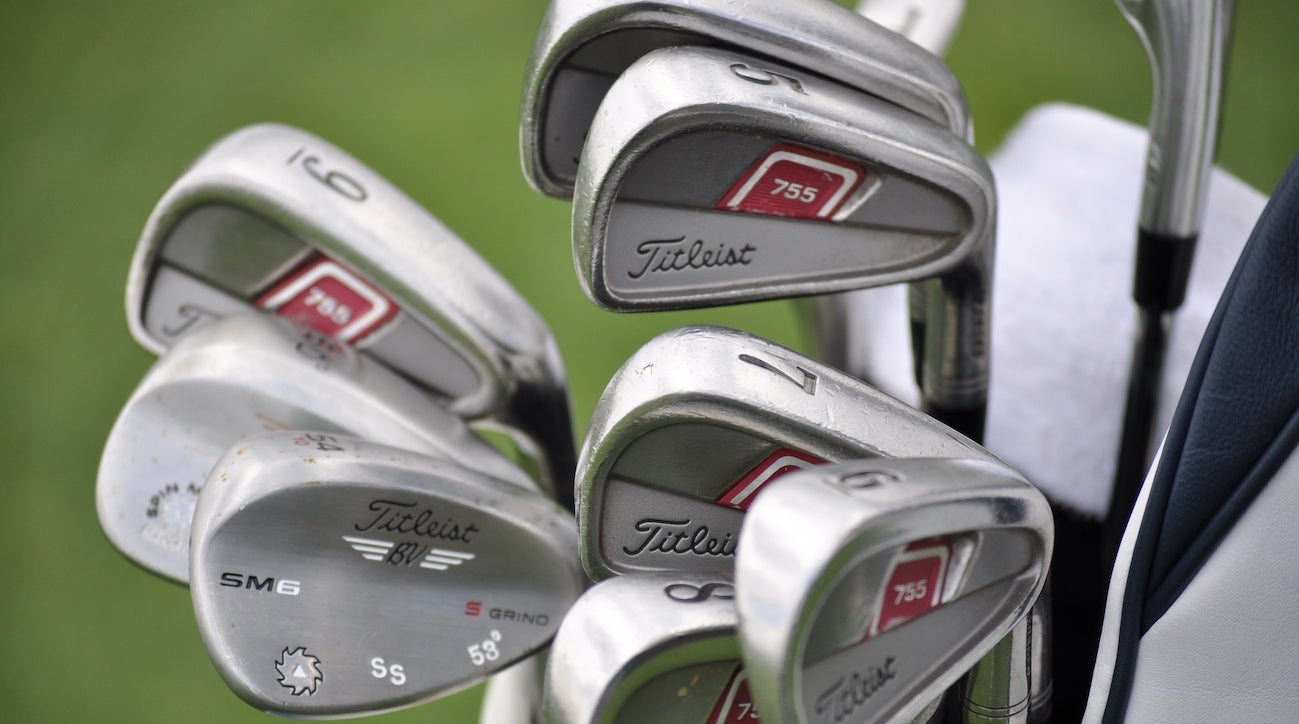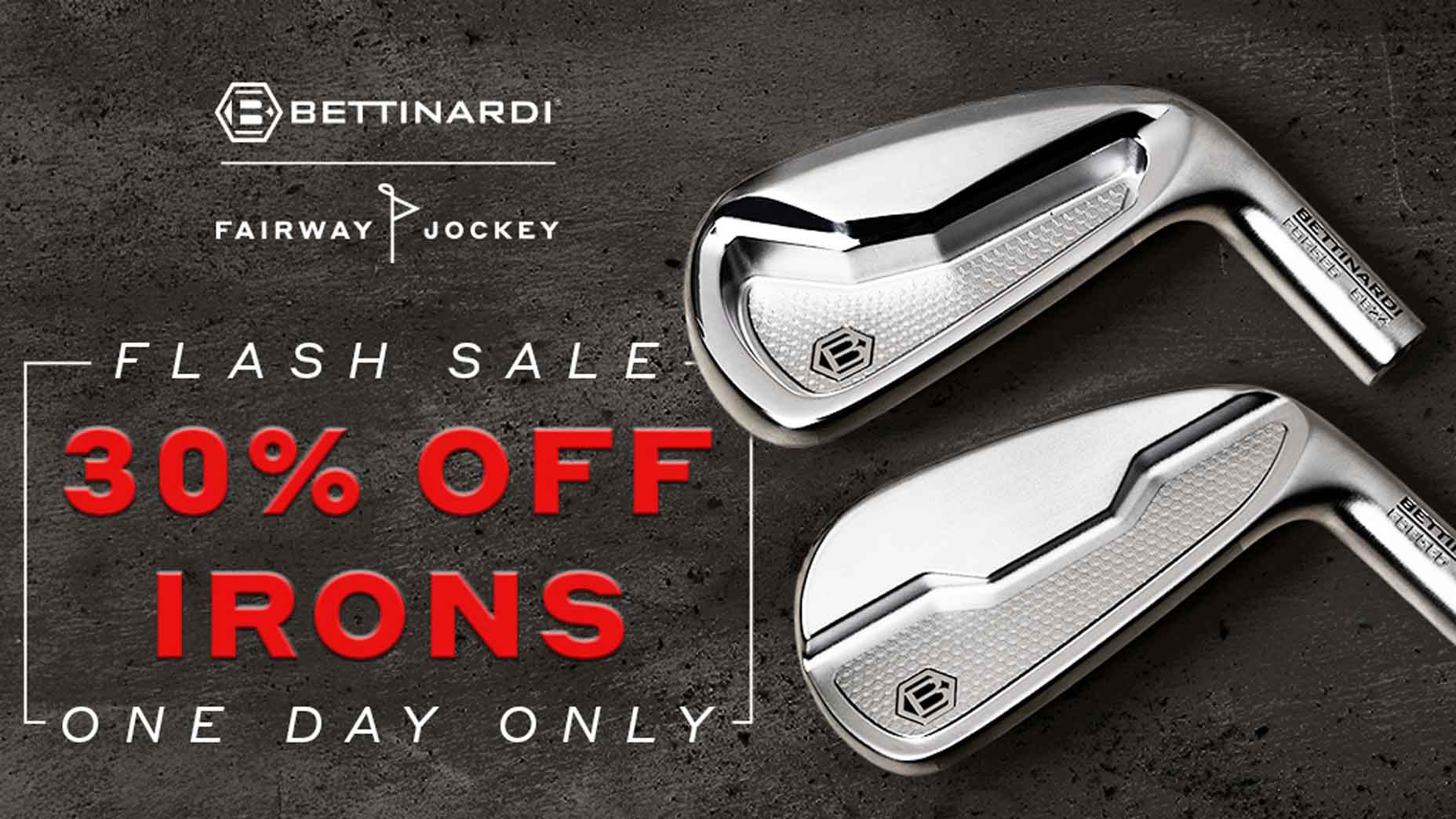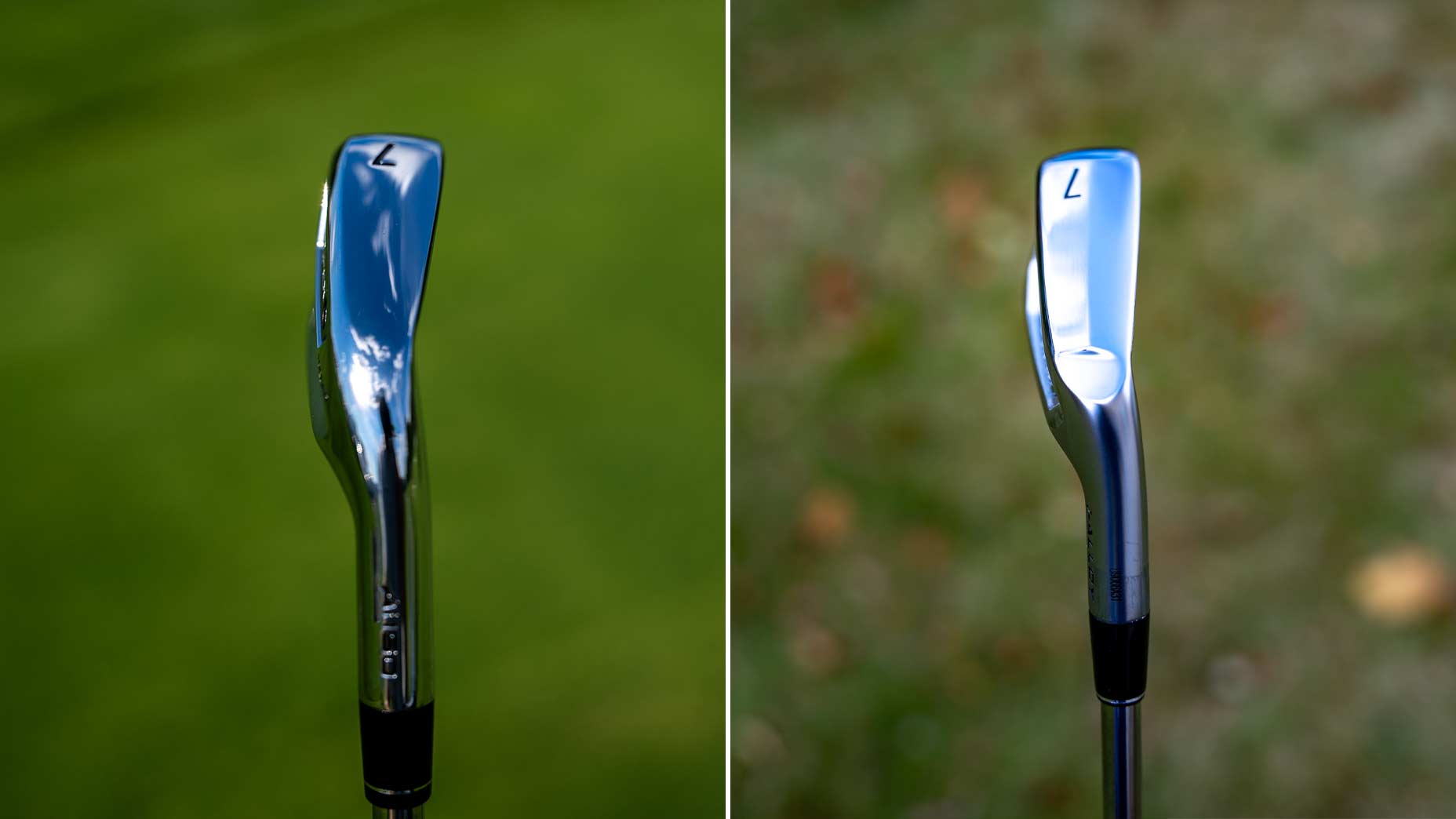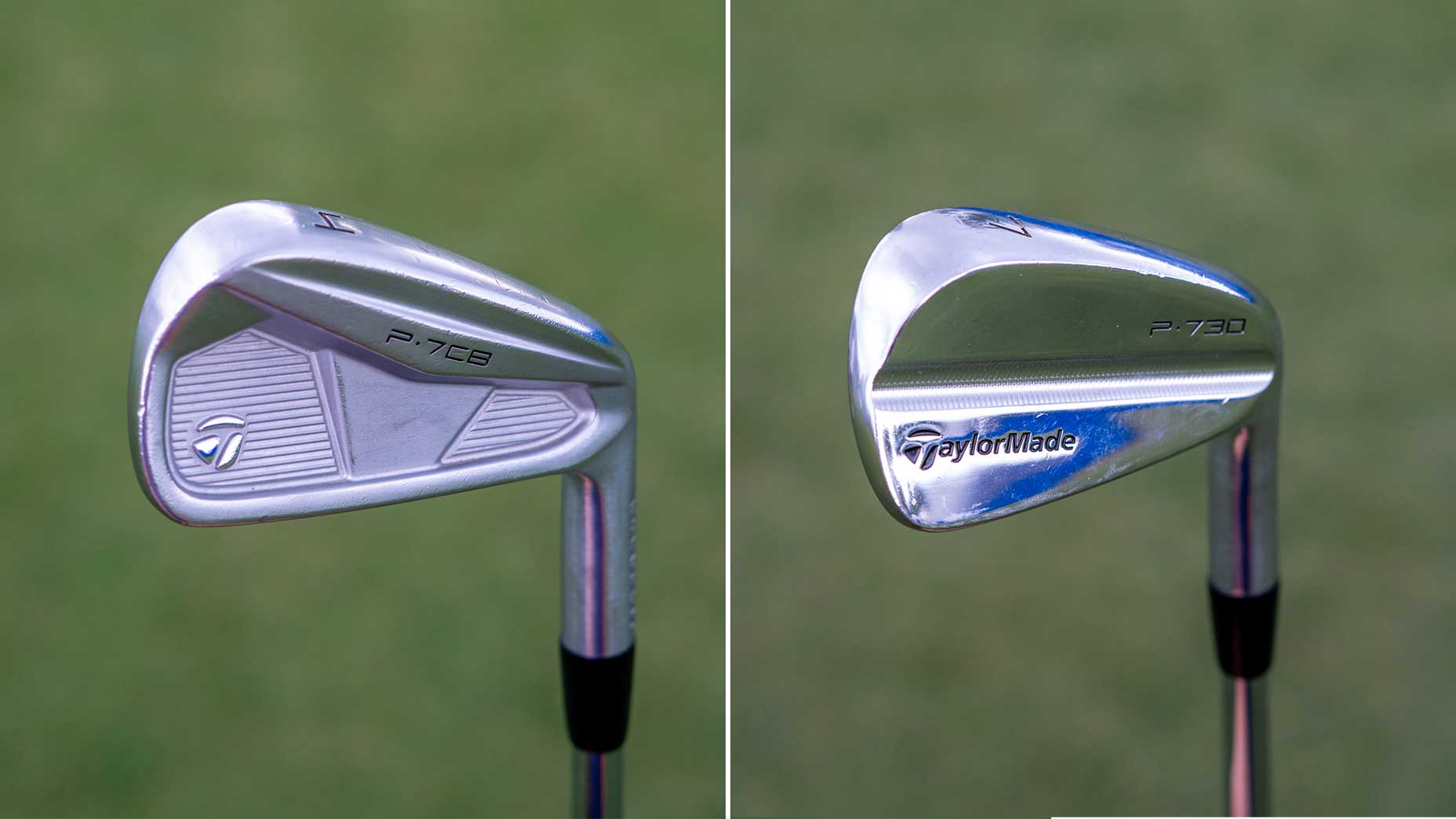 From the top iron players on the PGA Tour, 1 trend emerges
From the top iron players on the PGA Tour, 1 trend emerges
Yo, Gear Guy! Do I need to replace my six-year-old irons?
Welcome to another edition of Yo, Gear Guy!, an interactive GOLF.com series in which our resident dimplehead (a.k.a., GOLF’s deputy editor of equipment, Mike Chwasky) fields your hard-hitting golf gear questions. This week, he explains why you should replace your old irons, why pros change putters so often and more.
Kdiaz69 on Instagram: I saw Xander Schauffele switched to a new putter model before the first round of the US Open and shot 66. Is this common? I thought you were supposed to stay consistent with your scoring clubs.
No offense, but if you’ve never heard of a Tour player switching putters the day before a big tournament you probably don’t follow professional golf too closely. While you’re sort of correct when you suggest that it’s a good idea to be consistent with your scoring clubs, which are much more feel dependent than a driver, for example, putters can often be the most disposable stick in the bag for some players. Obviously we know Tiger Woods has won 14 of his 15 majors with his trusty Scott Cameron Newport 2 GSS, and Jack Nicklaus won 17 of his 18 majors with his preferred George Low model, but those guys are not necessarily representative of most good players.
Lee Trevino was well known for having any number of putters out at the beginning of a given week, Nick Faldo won the ’96 Masters with a brand new putter model made by a relatively new and lesser known company called Odyssey, and Rory McIlroy has gone from a Scotty Cameron blade to a Nike model to a TaylorMade mallet in his career and has done quite well.
So how do you know if changing flatsticks is a potentially good move for you? One thing to seriously consider is how well your current putter fits your stroke. If you’re a straight-back, straight-through stroker who’s been using a heel-toe blade, you’re using a putter that’s not really designed to work with your move. At the same time if you like to rotate the clubface slightly open in the backswing and then square and close it through impact, and you’re using a face-balanced mallet, your putter isn’t going to work for your stroke very well.
Fitting is the key, and I highly recommend it. Another consideration is how your mind works and how feel-oriented you are. Some players do best when they eradicate variables by finding a model that works and sticking with it through thick and thin – the philosophy here is that the putter is a constant, so if you’re not making anything you know it’s you not the club. However, some players, like Trevino for example, thrive on stimulation and like a new feel from their putter on a regular basis to keep them interested.
My advice – get fitted and find out what type of design works for your stroke and then consider having two gamers in rotation at any given time. I like the two models to be relatively similar but with a significantly different feel. For me that means one milled carbon steel model with a crisp sensation and one insert model with a softer feel.
Jreilly44 on Instragram: Is my game improvement set of irons from six years ago worth replacing? Doubting it.
Well, it sort of depends on what specific set you have and how well they were fitted, or not, but I get what you’re asking. There’s no doubt woods and irons from the not so distant past that were fitted with modern technologies like thin, flexible face inserts that provide COR-aided distance and forgiveness at impact and deep and low CG locations still function very well today. And with your final “doubting it” comment I assume you, like a lot of folks, understandably think the incremental changes that have occurred over the years are not significant enough to justify the not insignificant investment in new sticks.
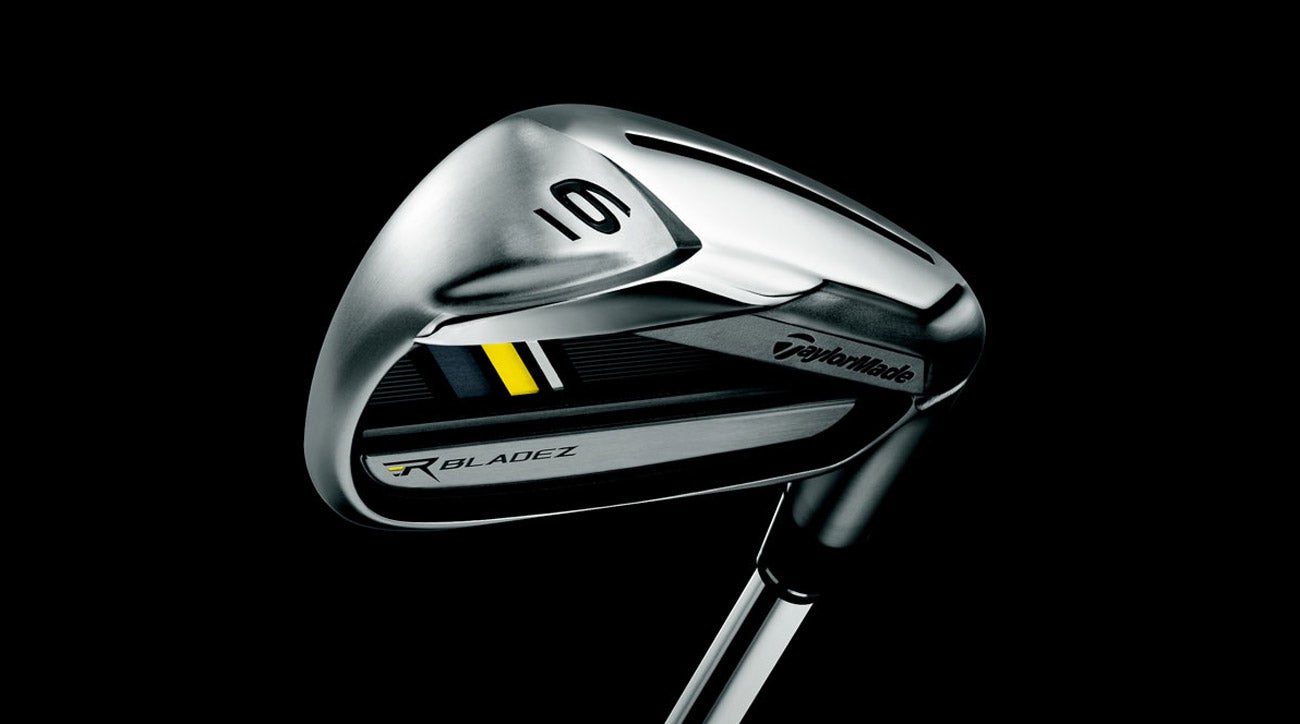
All that being said, my answer here is pretty straightforward – if you’re happy with what you’re getting with your current irons, then stay with them and enjoy. But if you’re interested in potentially getting more from your irons, it’s very likely a new, properly fit set of game improvement sticks can and will provide better overall performance.
Since I don’t know what iron set you have from what I’ll assume is 2013 or thereabouts, I’ll pick a popular example to look at from that era – TaylorMade’s RocketBladez. At the time, the attention-grabbing name aside, the RocketBladez irons were a relatively new iteration of a true distance-enhancing game improvement design complete with the company’s speed slot technology to further increase COR and speed. In comparison, the latest M6 model from TaylorMade (see the upcoming August issue of GOLF Magazine for a more in-depth look at the M5 and M6 irons), which would be a natural replacement for the RocketBladez, has some of the same basic design features, all of which have been greatly improved over the years, so much so that I doubt if you hit the two back to back you’d question for one second which works better.
ADVERTISEMENT
I recently got fitted for Callaway’s new Apex 19 irons (Player’s Distance category, not game improvement, but very similar nonetheless) after playing the previous CF 16 Apex model for a number of years. While the overall distance I get from the new model is similar, the consistency of ball speeds and spin rates on slight misses is night and day better with the new model, meaning all the shots I don’t hit perfectly (the vast majority in any round) are significantly improved with the new model.
Bottom line: Yes, it’s well worth your time and money to visit a top-notch fitter and test your 2013 game improvement irons against some new models. You’ll likely be surprised by the results.
Tfooks27 on Instagram: Why do so many guys use a black line on their golf ball for putting? I find it distracting and hard to aim with.
Good question and I happen to agree with you. The Sharpie line has never helped me, and if anything, it takes my attention away from the hole and the target line and focuses it on the ball. But for some players that’s the point. By aligning the Sharpie line with the target line accurately, many feel they don’t need to think about the target line and can just concern themselves with the proper speed.
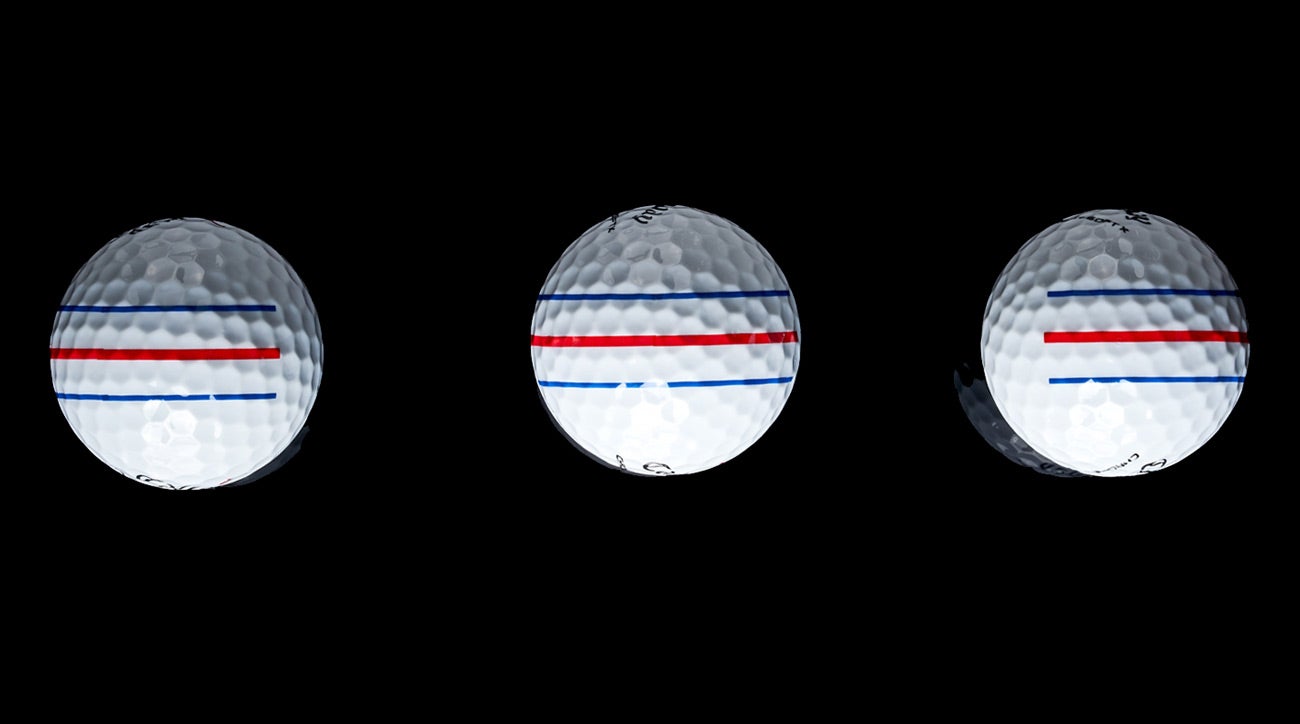
This works for so many players that Callaway applied what they call Triple Track technology (three parallel lines) to their newest ERC Soft model, which none other than Phil Mickelson requested be placed on his Chrome Soft X model. The design takes advantage of Vernier Visual Acuity to help players better focus on the target line. Jason Finely, Callaway’s global director, brand management, golf balls, has discussed the topic of visual technology in golf balls with me, and he indicated that he believes it will continue to grow beyond the company’s Truvis pattern and the Triple Track design.
For those like you (and me) who don’t find the alignment line helpful, a useful technique for accurately aligning your ball to the target line is to use the logo or side stamp and turn it so it’s perpendicular to the target line (parallel to the clubface). This helps the eye lock in on the angle of the clubface. Of course if any alignment tool on the golf ball bothers you simply use the plain white (or yellow) side of the ball. The main thing is to find what works for you – definitely don’t feel required to use a Sharpie line just because Tiger and a whole lot of other Tour pros do so.
To receive GOLF’s all-new newsletters, subscribe for free here.
ADVERTISEMENT

